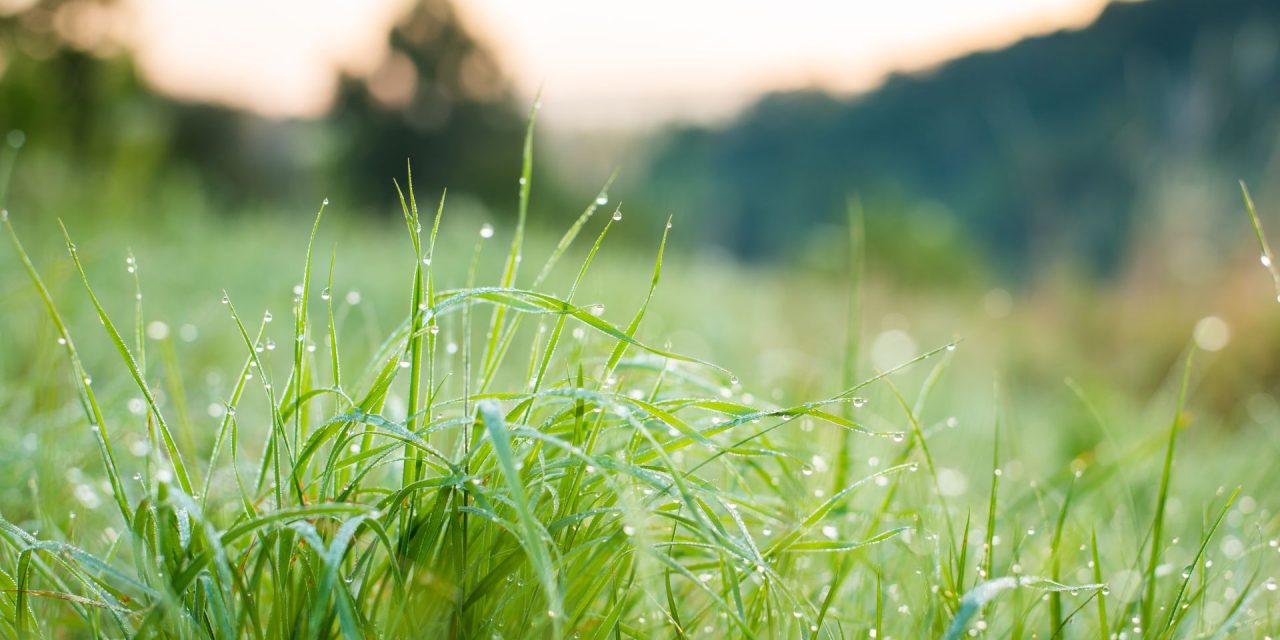If you have grown up in Oklahoma, then you’re aware of the theatrics that surround our weather. The people who report the weather on our local news stations are not just meteorologists. They are well-known personalities with large social media followings. Locals have their favorites, and most everyone agrees that tornado season brings out the best suits and ties and award-winning performances. It’s “weathertainment.”
The weather is so extreme in Oklahoma that many jokes and memes are made about it. Things like, “If you don’t like the weather just stick around a few minutes and it will change;” “Welcome to Oklahoma where the seasons are made up and the forecast doesn’t matter;” or “Oklahoma, where we experience all four seasons . . . in one day”.
It’s our crazy weather that makes edible gardening so challenging and difficult. It’s not the fact that we have really hot summers and really cold winters. There are many plants that are quite suited to both of those conditions. It’s the fact that the extremes happen so close together that the plants do not have an opportunity to acclimate or adjust.
If we received nice steady rains or gentle breezes instead of torrential downpours and straight-line winds, then plants might have a better chance of surviving. However, one form of weather that rarely gets mentioned here is dew. Dew is quiet and out of the limelight. It is easily overshadowed by golf ball size hail, earthquakes and consecutive days of drought-causing heat.
So, you might be thinking, “I’ve heard of dew and the dew point but I’m not really sure what it is.” Dew Point is the temperature that the air needs to be cooled to, at constant pressure, in order to achieve a relative humidity of 100 percent. At this point the air cannot hold any more water in the form of a vapor and it creates dew.
Dew does not find itself on the weather radar or on the front page of the local newspaper. It’s just that low-key, gentle watering that arrives early in the morning. It brings no drama or circumstance. It’s dependable moisture that usually arrives in the cover of darkness and meets the needs that a new morning brings.
Sometimes, dew is heavy, and sometimes it’s light. Sometimes, it’s almost impossible to see, but it’s there, and the tiny droplets of water, among other things, help to regulate temperature, hydrate plants and assist with transpiration.
Before the creation of man, Gen. 2:5-6 tells us that, “Now, no shrub of the field was yet on the earth, and no plant of the field had yet sprouted, for the Lord God had not sent rain upon the earth, and there was no man to cultivate the ground. But a mist used to rise from the earth and water the whole surface of the ground.” Dew was part of the original plan to meet the needs of the earth.
Water is essential for life, and I find it amazing that in Job, considered the oldest book of the Bible, there is a written account of the water cycle. God created the earth to function with meaning and order. “For He draws up the drops of water; They distill rain from its celestial stream, which clouds pour down; They drip upon mankind abundantly. Can anyone understand the spreading of the clouds, the thundering of His pavilion?” (Job 36:27-29). But, before rain fell upon the earth, there was dew.
Like other things in my garden, the phenomenon of dew urges me to look to God. Each day, in the quiet stillness before the breaking of dawn, just as He blankets the earth with dew, He blankets us with His provision. He typically does not come with loud, thunderous claps and sharp lightning bolts but rather like a refreshing layer of dew that comforts and protects.
He is gentle and refreshing, consistent and predictable. His mercies are new each morning. He has a plan, for my life, and for yours, and it is full of meaning and order.
Today, look with eyes to see the marvelous works that God has done!
“I will be like the dew to Israel” (Hosea 14:5a).






